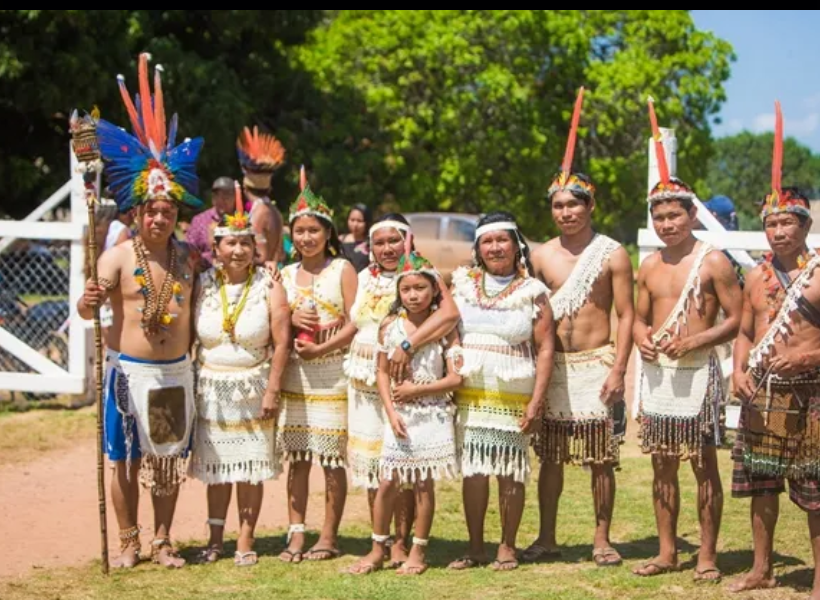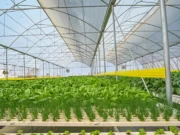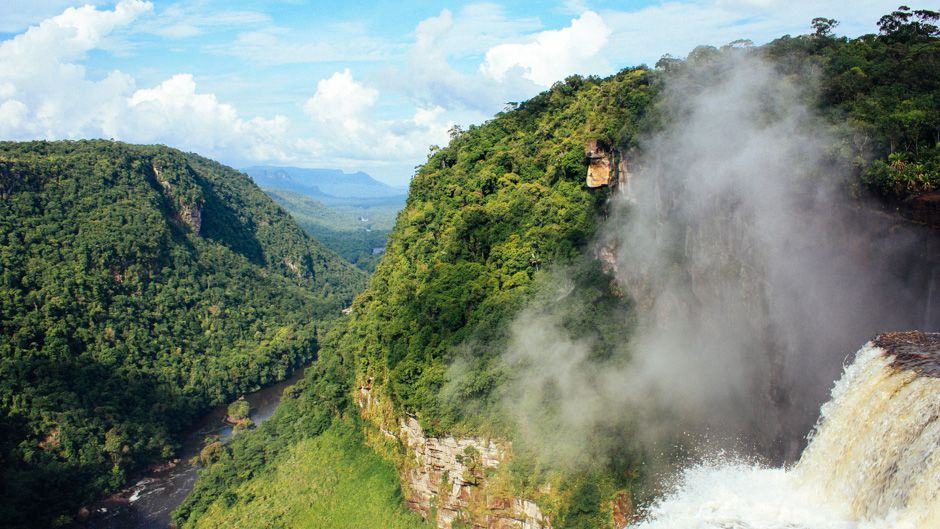Guyana, a jewel nestled in the heart of South America, has long been recognized for its vast rainforests and unparalleled biodiversity. For years this nation has been dedicated to preserving its lush green heritage, earning accolades as a global leader in forest conservation. With a commitment to sustainability that runs deep, Guyana’s forest preservation efforts have become a model for the world to admire and emulate.
A Rich Tapestry of Biodiversity
Guyana’s rainforests, covering approximately 85% of the country’s land area, are nothing short of remarkable. These forests are home to an astonishing array of flora and fauna, including jaguars, giant river otters, and hundreds of bird species. Beneath the verdant canopy lies a treasure trove of unique ecosystems, many of which remain unexplored.
One of Guyana’s most remarkable features is its commitment to preserving these ecosystems. The Iwokrama Rainforest, a 371,000-acre reserve, stands as a testament to this dedication. Established in 1996, the Iwokrama Rainforest Centre is a pioneering example of sustainable forest management. It combines research, conservation, and eco-tourism, providing a sustainable model for balancing human needs with environmental protection.
A Pioneering Agreement
One of the pivotal moments in Guyana’s forest preservation journey was the signing of the “Low Carbon Development Strategy” agreement in 2009. Under this groundbreaking pact, Guyana committed to maintaining its low deforestation rate while pursuing economic development through sustainable practices. In return, Guyana receives financial incentives from international partners.
This agreement has not only helped Guyana protect its forests but also serves as a model for other nations looking to balance development and environmental stewardship. It highlights the value of intact forests in mitigating climate change by storing vast amounts of carbon dioxide.
Indigenous Communities as Stewards
Integral to Guyana’s success in forest preservation is its recognition of the role of indigenous communities. Guyana’s Indigenous Peoples, who make up around 10% of the population, have lived harmoniously with the rainforest for generations. Their traditional knowledge of the forest is invaluable in sustainable resource management.

The Amerindian Act of 2006 gives indigenous communities legal rights to land ownership and control over their territories. This recognition empowers them to actively participate in forest conservation efforts, ensuring that their ancestral lands remain untouched by destructive practices.
International Recognition
Guyana’s remarkable efforts have not gone unnoticed on the global stage. The nation’s pioneering approach to forest preservation earned it the prestigious title of “High Forest, Low Deforestation” country, a distinction awarded by the United Nations Development Programme. This recognition underscores Guyana’s commitment to balancing economic growth with environmental responsibility.
Furthermore, the international community has rallied behind Guyana’s preservation endeavors. Financial support from organizations like the World Bank and the United Nations has provided critical resources to bolster Guyana’s conservation initiatives.
Challenges on the Horizon
While Guyana’s commitment to forest preservation is laudable, challenges persist. Illegal logging, mining, and land invasions threaten the integrity of its forests. The government, in collaboration with international partners, is actively addressing these issues through increased law enforcement and community engagement.
Additionally, climate change poses a growing threat. Rising temperatures and unpredictable weather patterns could disrupt the delicate balance of Guyana’s ecosystems. Adaptation strategies, combined with continued conservation efforts, are essential to safeguarding the nation’s forests for future generations.
Guyana’s journey toward forest preservation is a remarkable testament to the power of sustainable development and global cooperation. With its rich tapestry of biodiversity, pioneering agreements, and recognition of indigenous stewardship, Guyana serves as a shining example for the world.
As the South American gem continues to tread the path of sustainability, it does so with an unwavering commitment to protect its forests, the lifeblood of its nation. Through collaboration, determination, and a deep respect for nature, Guyana showcases that economic growth and environmental conservation need not be adversaries but can, in fact, be harmonious partners in the quest for a greener future.













